Discovery | Exploring Birthplace of Early Chinese Civilization
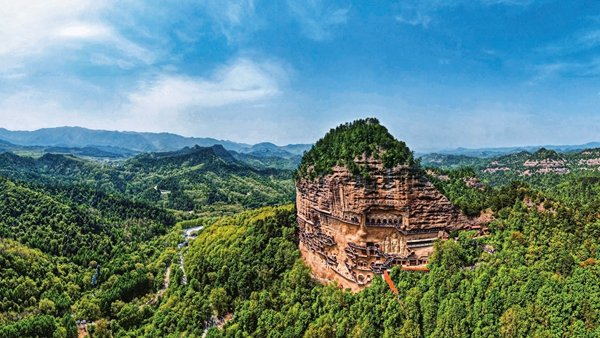
Since early March, videos and photos of malatang, in Tianshui, a city in northwest China's Gansu Province, have gone viral. Malatang is a local street dish, featuring a mix of fresh vegetables and meat, boiled in a hot, spicy broth. The mouth-watering delicacy, renowned for its distinct, fiery taste has taken social media by storm in China. Thousands of food enthusiasts have been making their way to the city to experience the dish firsthand.
Thanks to the iconic dish, Tianshui, a historical and cultural city, with a history of nearly 2,700 years, has been propelled into the national spotlight. Known for its time-honored history, and its rich cultural heritage, Tianshui has become one of the most-talked-about, and sought-after, travel destinations in China.
Tianshui is in southeastern Gansu Province, where Gansu borders northwest China's Shaanxi Province. Due to its geographic position, it was an economic and cultural center, and a transportation hub in southeastern Gansu, during ancient times. Back then, Tianshui was an important trading center on the Silk Road. In 1994, it was designated a national historical and cultural city by the State Council, the central government's cabinet.
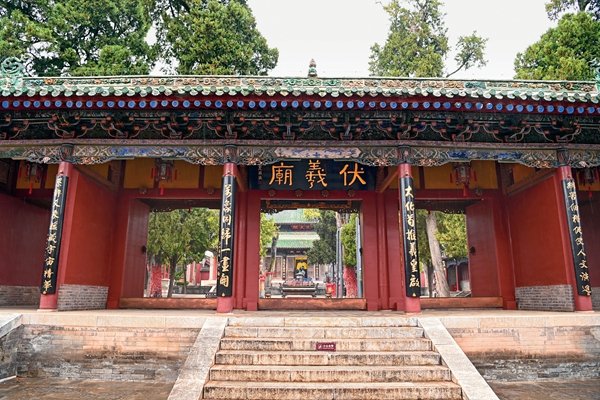
Brilliant History
Several decades ago, Chinese archeologists discovered the Dadiwan site, a prehistoric site dating back more than 8,000 years, in a village in Tianshui. It is widely considered an indisputable fact that Tianshui is the cradle of early Chinese civilization. According to legend, Tianshui is the birthplace of Fuxi, an ancestor of humanity and civilization in China. Fuxi is believed to be the inventor of writing, fishing and hunting. He brought civilization, and all of its benefits, to humanity. Worshiping Fuxi became a tradition in China in ancient times. In 2006, the ceremony of worshiping Fuxi was added to the list of national intangible cultural heritage by the State Council.
The Fuxi Temple (formerly named Taihao Palace), in Tianshui, is the largest and best-preserved architectural complex in honor of Fuxi in China. Construction of the temple began during the Ming Dynasty (1368-1644), and it was renovated several times during the Qing Dynasty (1616-1911). Now, the temple is a concrete symbol of the local culture and beliefs. It is a place where one can learn the legendary stories of the prehistoric period, and to have a look at the essence of traditional Chinese temple architecture.

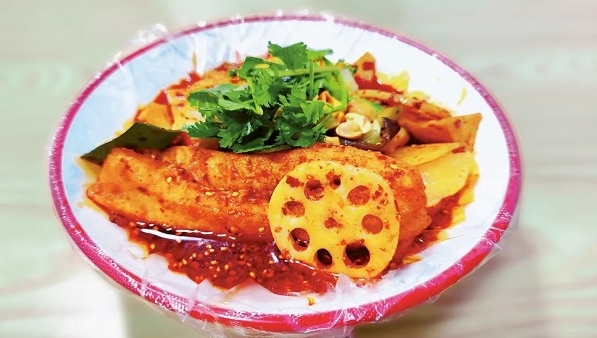
Rich Cultural Heritage
For most of its history, Tianshui was not considered a hot tourism destination. Yet, the city is actually a hidden gem, boasting many notable historical and cultural treasures. Guixian and Jixian counties (both in Tianshui), founded in 688 BC, were the first counties established in China. Further enriching the city's heritage was its pivotal role along the ancient Silk Road during the Western Han Dynasty (206 BC-AD 25). The vibrant commerce contributed to the city's cultural diversity, and to its economic prosperity.
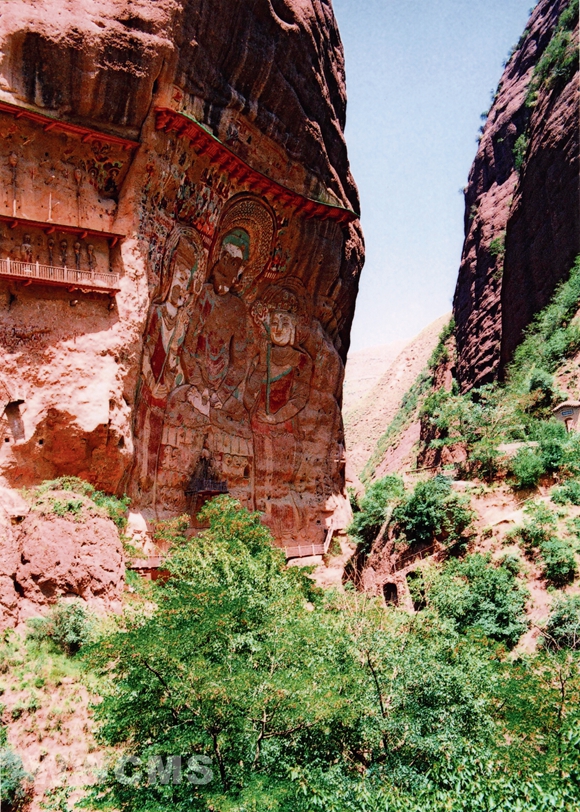
The Maiji Mountain Grottoes make up another emblematic cultural marvel of Tianshui. The grottoes are situated in the Maiji Mountain Scenic Area. Maiji (which means wheat stack) Mountain is named after its unusual appearance. The mountain is tall in the middle, narrow at the bottom, and it is flat on the top, like a stack of wheat.
Construction of the grottoes began in the Later Qin era (384-417). The grottoes were expanded during following dynasties, while the last grottoes were built during the Qing Dynasty. The grottoes now contain 221 caves, stone carvings, more than 10,000 clay sculptures, and delicate frescoes covering about 1,300 square meters. Due to the exquisite sculptures, the grottoes are known as the "Oriental Sculpture Museum."
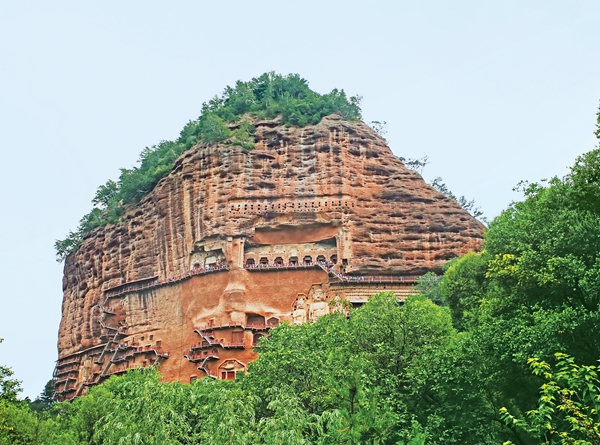
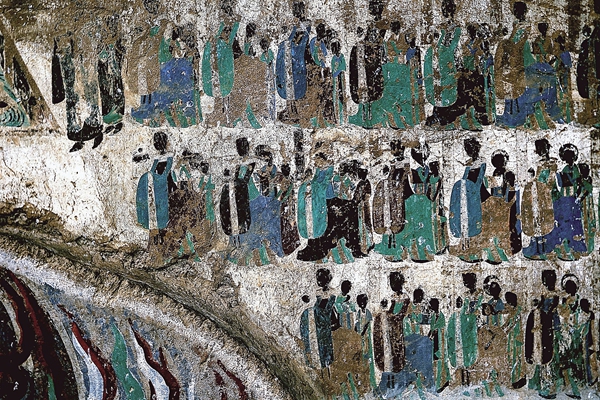
Along with the Mogao Grottoes, in Dunhuang (also in Gansu Province), the Yungang Grottoes, in Datong (in north China's Shanxi Province), and the Longmen Grottoes, in Luoyang (in central China's Henan Province), the Maiji Mountain Grottoes are widely considered one of the Four Great Grottoes in China. The Maiji Mountain Grottoes are included in "Silk Roads: the Routes Network of Chang'an Tianshan Corridor," a property that was added to the World Heritage List, by the World Heritage Committee of UNESCO, in 2014.
Tianshui stands as a testament to China's rich cultural heritage. Its ancient cultural wonders beckon travelers to embark on a journey of discovery.
Photos from Shen Haibin, VCG and Tuchong
(Women of China English Monthly April 2024)
Please understand that womenofchina.cn,a non-profit, information-communication website, cannot reach every writer before using articles and images. For copyright issues, please contact us by emailing: website@womenofchina.cn. The articles published and opinions expressed on this website represent the opinions of writers and are not necessarily shared by womenofchina.cn.

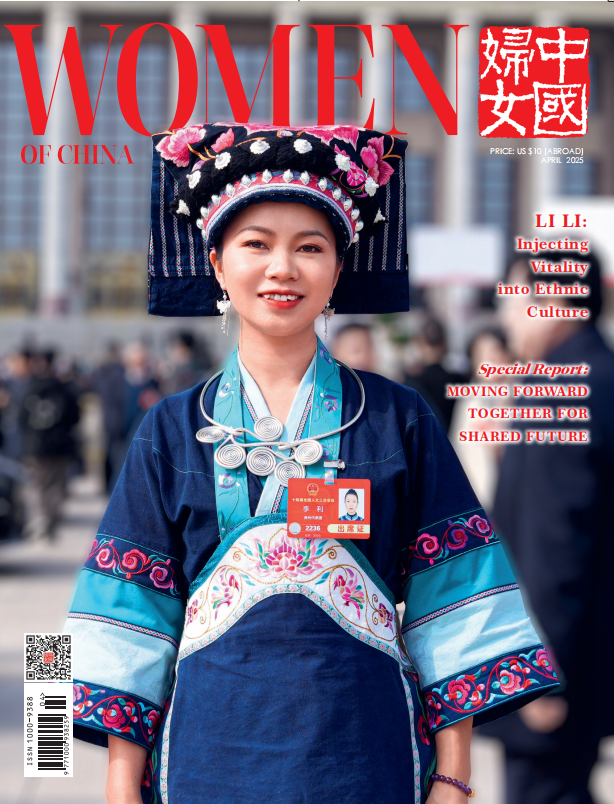





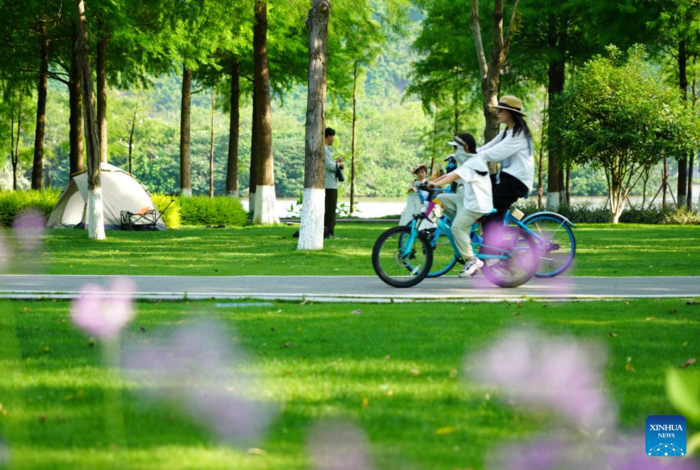
.jpg)

 WeChat
WeChat Weibo
Weibo 京公网安备 11010102004314号
京公网安备 11010102004314号